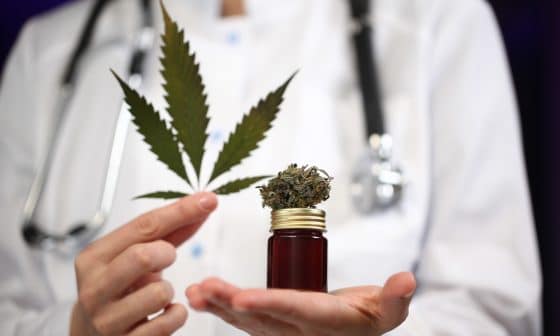Marijuana legalization in Idaho had to bear the brunt of the coronavirus pandemic. The lockdown forced the state to suspend its medical marijuana campaign. The group responsible for the campaign, the ICC (or the Idaho Cannabis Coalition), failed to collect the required signatures before the May 1 deadline. However, a recent federal court ruling for a separate initiative in the state might have sparked some hopes.
Marijuana legalization hopes rise again in Idaho
The ICC had collected 40,000 signatures when it dropped its campaign. The total required by the deadline was 55,057, which wouldn’t have been a hard task if the pandemic hadn’t happened. Recently, as reported by Marijuana Moment, a federal court in the state permitted Reclaim Idaho to collect signatures to support a school funding initiative in the state. Through this ruling, from July 9, they can now collect signatures in person and electronically for 48 days.
It has also given hopes to the ICC, which feels it can work around the ruling for its medical marijuana initiative as well. “We are in the process of working with the local medical marijuana campaign to assess whether Judge Winmill’s order provides a route for the medical marijuana initiative to still qualify for the November ballot,” Tamar Todd told Marijuana Moment. Todd is the legal director for the New Approach political action committee, which supports marijuana legalization efforts.
Marijuana Moment also reported that the group is confident of gaining the difference in signatures if allowed an extension. Both recreational and medical cannabis are illegal in Idaho. If passed, this ruling will allow Idaho to put medical cannabis on the ballot for voters’ approval. The measure specifies that medical cannabis patients with qualifying conditions can receive recommendations from physicians. Individuals will also be eligible to possess up to four ounces of marijuana and grow up to six plants.
Legalization picking up steam again
The marijuana industry has been in distress for a while now. The launch of Cannabis 2.0 products and state legalization were the only hope for the sector’s recovery. However, the pandemic hit, and the launch of products was delayed. At the same time, the sudden lockdown and quarantines challenged legalization campaigns. Many states had to suspend their efforts for 2020 legalization. Some of the unlucky ones were North Dakota, Florida, and New York. Meanwhile, Arizona, Nebraska, and Montana have successfully submitted the required signatures for their campaigns.





